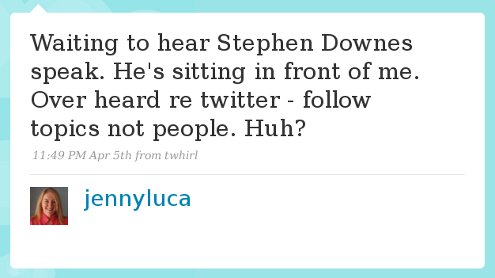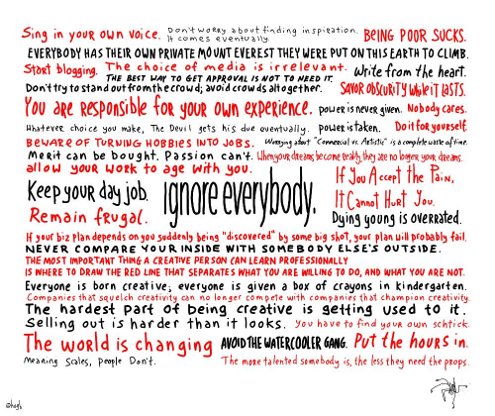Heuristical Templates (or, how to review elearning stuff in a way that benefits others)
Image CC-BY photoplaydotcom @ Flickr
I’m not so sure on the name, but it’ll do for the time being. What follows comes from a few discussions I’ve had with EdTechRoundUp folk and a previous post entitled The importance of heuristics in educational technology and elearning. You may want to read the latter to understand what I’m getting at.
Suffer the poor person new to the wonderful world many of us inhabit. I don’t think the phrase ‘Web 2.0’ quite covers it any more, to be honest. Some have clutched at different titles to set those who inhabit this ‘other’ space – some have talked of the ‘networked teacher’, the ‘connected educator’ and so on. I’m not sure sure we need a formal title, but I think most people will know what I mean when I say there’s a difference between being a teacher in a classroom with a textbook, and being a teacher connected to literally hundreds of others worldwide through various communications technologies and conventions. 🙂
The trouble is, how do you get into this cocktail party?
- What happens if you don’t know who to turn to?
- What if you haven’t got a Twitter network to support you yet?
- What if you’ve just found a tool and you’re wondering if it could be used with students?
- What if you can envisage an end product but don’t know the technological means of getting there?
That’s where this idea of heuristical templates comes in.* If people committed to using a common format to review and discuss tools and applications relating to educational technology and e-learning, then this would have a number of advantages:
- It would give the newbie a common structure that they could seek out.
- If Creative Commons licensed, these could be syndicated in a central place.
- It would lead to some cohesion in certain parts of the edublogosphere.
An example of someone who blogs extremely well about new tools and approaches is Tom Barrett. By the end of reading one of Tom’s posts you know what the tool can be used for, why you’d use is, any problems there may be, and other people who have used it before.
To that end, and inspired by Tom, I suggest the following structure taking Posterous as an example.
* Perhaps E-Learning Templates is better? Hmmm…

Name
Posterous
URL
http://posterous.com
What is it?
Posterous is a blogging solution. A blog is a website that is easy to maintain and which has the most recent content at the top. Posterous sets itself apart from other blogging solutions as it is almost entirely updated by using email. Sending an email to [email protected] serves not only to set up the blog but to update it. Posterous deals ‘intelligently’ with email attachments – for example turning MP3s into an embedded media player and Powerpoint presentations into slideshows.
How much does it cost?
Posterous is free for up to 1GB of space. The FAQ says that in future Premium (paid-for) features will be add-ons to the functionality available for free.
Opportunities
- Low barrier to entry – everyone can email!
- Does intelligent things with attachments.
- Can blog via mobile phone.
- Integrates with Twitter, Flickr and Facebook.
- Custom avatars.
- Group blogs (by adding more than one email address to a blog)
- Custom domain names.
- Blogs can be imported from other platforms.
Barriers
- Limited customisation (stuck with white background)
- Moderation?
- Sidebar not very useful
- Ads in future?
Examples please!
- Doug Belshaw’s Posterous – links to his Year 10 History students’ blogs.
- John Maklary – Texas Weather Bugs
- Mr Herbert’s Geog Blog Site
- Mr Smart’s Learning Smart Blogs
- AJ Cann’s Posterous
Reviews
So what are your thoughts? A good idea or not? :-p



![Reblog this post [with Zemanta]](http://img.zemanta.com/reblog_e.png?x-id=4dba884b-d833-406c-aca3-5585671de95a)

